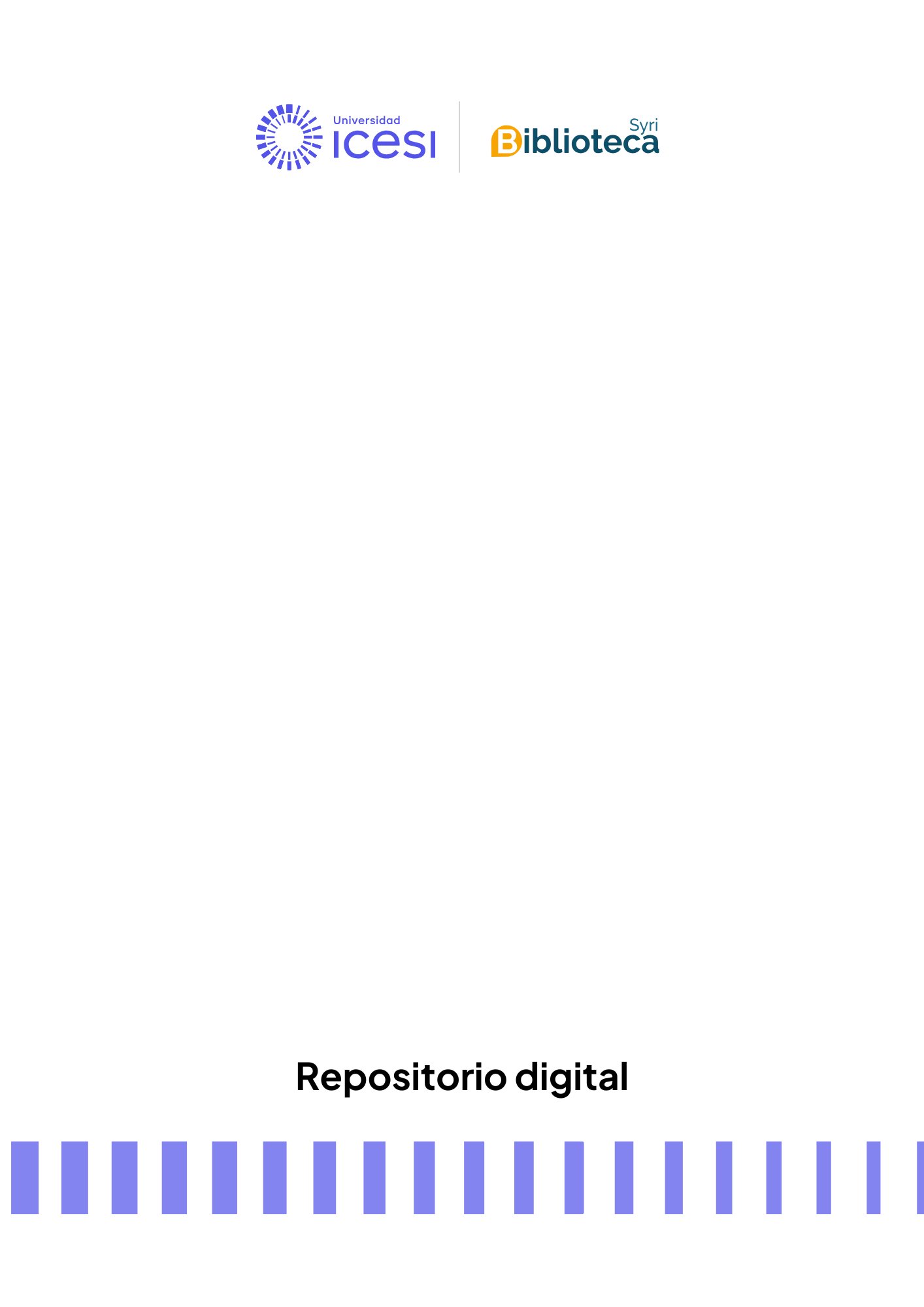Economic convergence of income distribution worldwide from 1986 to 2000

Archivos
Fecha
Autores
Director de tesis/Asesor
Título de la revista
ISSN de la revista
Título del volumen
Publicador
Editor
Compartir
Resumen
Abstract
Purpose – The purpose of this paper is to discuss the role of Markovian transitions related to the economic convergence among countries. Thus, the paper aims to develop an overview of several classical approaches, including an analysis of fallacies exposed through the literature.Design/methodology/approach – The number of modes in the distribution of the RGDPL for 100 countries in the period from 1986 to 2000 is calculated. Next, the results obtained from the relevant transition matrices are discussed and the existence of twin peaks in the distribution of income is analyzed. Finally, the adequacy of both Markovian and (time) homogeneity hypotheses in connection with the stochastic process that underlies income distribution is studied.Findings – The results across the period 1986‐2000 show the evolution of countries into convergence clubs, instead of the existence of economic convergence.Originality/value – The paper discusses two important issues on the convergence hypothesis. First, the discretization process really matters.

